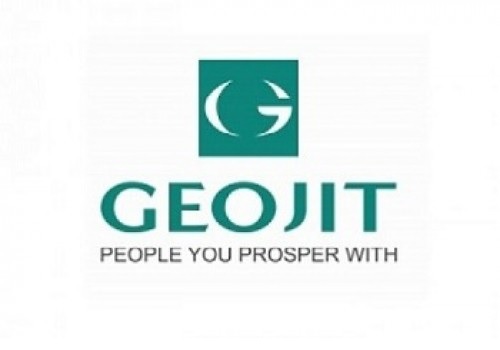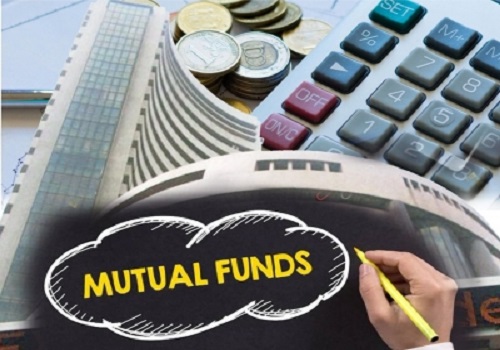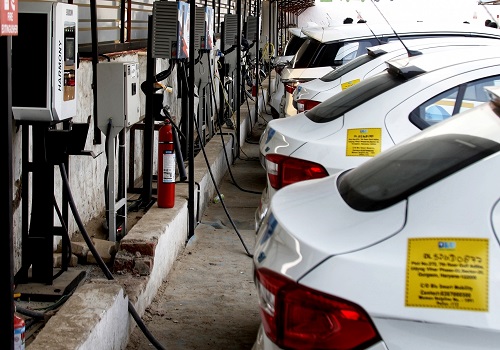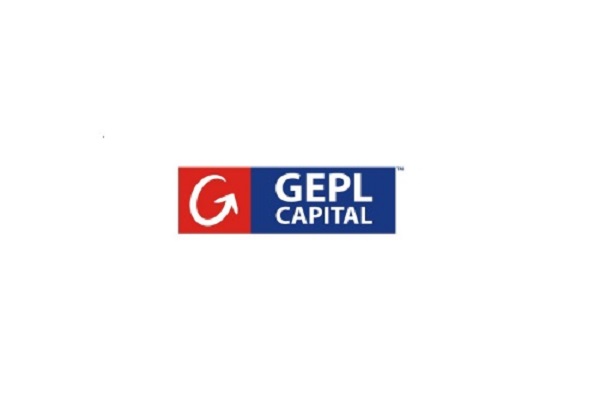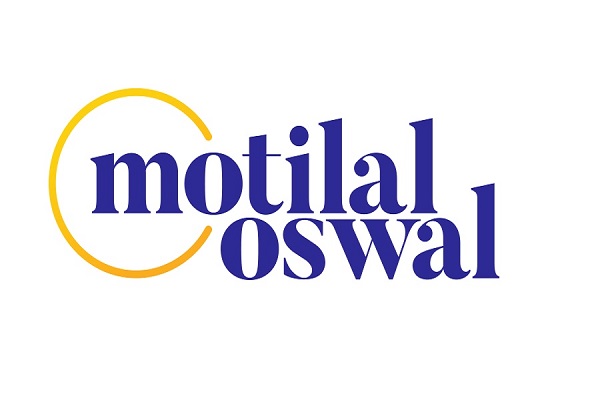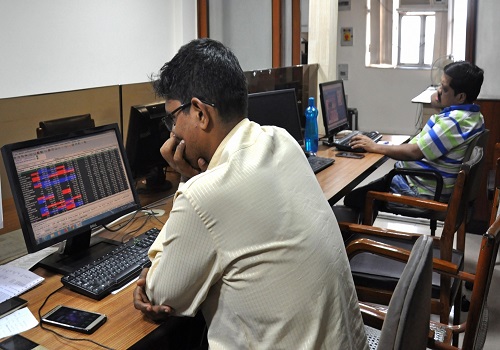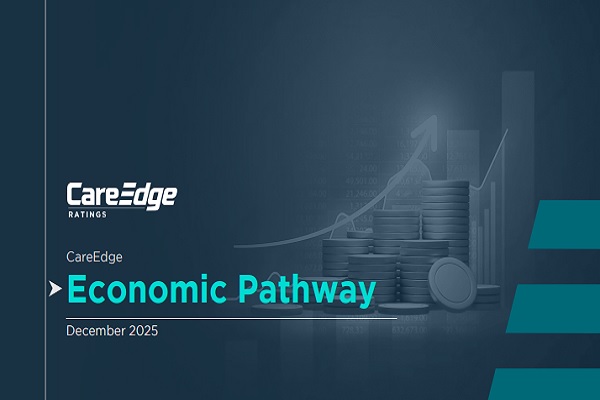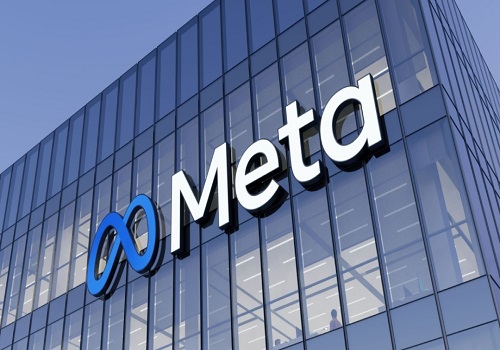"Infra-led growth outlook across sectors in India, remains strong despite geo-political challenges”: CareEdge Ratings

CareEdge Ratings in its latest sectoral outlook on India’s infrastructure sector, the study evaluates opportunities, challenges, and investment potential across key segments including roads and highways, airports, ports, power, and renewable energy, while also focusing on emerging areas such as data centers and green hydrogen cited that the infrastructure investment continues to be a cornerstone of India’s long-term economic growth, delivering a strong multiplier effect of nearly 2.5x on GDP. With government initiatives like Gati Shakti, the National Infrastructure Pipeline, and increasing private sector participation, the sector is poised to accelerate urbanization—expected to reach 42% of the population by 2030—while enabling sustainable energy transition and supporting India’s broader development goals."
Roads & Highways Sector- HAM- Monetisation Pipeline valued at nearly Rs. 2 lakh crore by FY28
The roads and highways segment, traditionally one of the strongest pillars of India’s infrastructure, is likely to face a temporary slowdown. The pace of execution of national highways is projected to decline by 7–10% in FY26 owing to reduced awarding activity and delays in obtaining approvals for Hybrid Annuity Model (HAM) projects. On the other hand, toll road traffic is expected to grow at a stable rate of around 7% in FY26, supported by strong domestic coal production, multi-modal logistics development, and the government’s focus on creating industrial corridors. Importantly, the monetization outlook remains robust, with a pipeline of NH-HAM projects valued at nearly Rs. 2 lakh crore scheduled to be unlocked by FY28. However, challenges such as traffic diversion from greenfield expressways, increasing modal shift to rail, and regulatory uncertainties at the state level could weigh on the sector’s growth trajectory.
Airports Sector- Passenger traffic is projected to expand at a compound annual growth rate (CAGR) of 7% between FY25 and FY27
The outlook for airports in India remains positive, albeit with some near-term moderation. Passenger traffic is projected to expand at a compound annual growth rate (CAGR) of 7% between FY25 and FY27. This is slightly lower than earlier estimates, largely due to delays in the induction of wide-bodied aircraft, heightened safety concerns, and geopolitical factors affecting international travel patterns. Nonetheless, the long-term fundamentals of the sector remain intact. India continues to rank as the third-largest aviation market globally, behind only the United States and China, underscoring the structural demand potential that will continue to drive investments in capacity expansion and modernization of airport infrastructure.
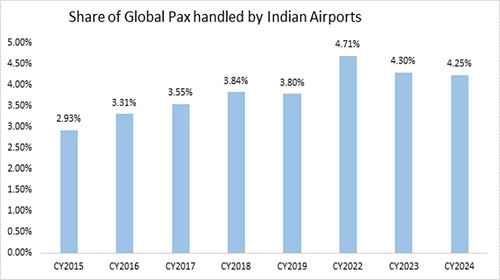
Ports Sector- Overall cargo traffic likely to grow by only around 2% year-on-year in FY26
India’s port sector is expected to see muted growth in the near term, with overall cargo traffic likely to grow by only around 2% year-on-year in FY26. However, container cargo remains an exception, expected to register a much stronger growth of nearly 8% during the same period. Major ports continue to handle nearly 57% of total cargo volumes, maintaining their dominance in the sector. Growth drivers such as increased containerization, capacity additions, and a steady rise in coastal movement of commodities like coal and iron ore are expected to provide structural support to the sector over the medium term.
Sachin Gupta, Chief Rating Officer & ED CareEdge Ratings said “India’s infrastructure sector is at an inflection point, supported by proactive government policies, urbanization, and private capital participation. While traditional segments like roads, power, and airports remain core growth drivers, the next wave will be led by energy storage, data centers, and green hydrogen. Addressing regulatory and execution challenges will be vital to sustain momentum and unlock the sector’s full potential.”
Power Sector- Non-fossil sources such as solar and wind are expected to contribute over 35% of total generation by FY30
The power sector is undergoing a significant transformation, with renewable energy poised to drive future capacity additions. Non-fossil sources such as solar and wind are expected to contribute over 35% of total generation by FY30, up from 25% in FY25. Financial health across the sector has improved, supported by timely subsidy payments and reforms in distribution utilities. Aggregate Technical and Commercial (AT&C) losses have declined to 15–16% in FY22–24, compared to ~22% during FY19–21.
Thermal power, however, continues to play a critical role in meeting India’s base-load requirements. Plant Load Factors (PLFs) have improved from 56% in FY20 to 70% in FY25, backed by robust power demand and healthy domestic coal supply. Nearly 33 GW of thermal capacity is currently under construction, with private players expected to contribute about one-third of future additions. This demonstrates that while renewables are the future, thermal energy remains indispensable in the medium term for ensuring grid stability.
Energy Storage & Renewables
The renewable energy sector is also witnessing strong momentum in storage integration. Battery Energy Storage Systems (BESS) have achieved record-low tariffs, making solar-plus-storage and round-the-clock renewable projects highly competitive against conventional sources. The Ministry of New and Renewable Energy (MNRE) has introduced two Viability Gap Funding (VGF) schemes, supporting around 43 GWh of storage capacity, which is expected to accelerate the adoption of storage technologies. At the same time, domestic solar equipment manufacturing is scaling rapidly, supported by production-linked incentives and import barriers, positioning India as an emerging global hub for clean energy technology.
Sabyasachi Majumdar, Senior Director, CareEdge Ratings said "Renewable energy is set to lead India’s future capacity growth, with solar, wind, and storage technologies driving the transition towards a greener energy mix. Falling storage costs, policy incentives, and rising investor interest are accelerating adoption, positioning India to achieve its clean energy goals while balancing sustainability with economic resilience."
Emerging Growth Areas- Expected to attract investments worth Rs. 60,000 crore between FY26 and FY28
Newer segments of infrastructure are also witnessing rapid growth. The data center industry, powered by rising digitalization, 5G adoption, artificial intelligence, and higher mobile data usage, is expected to attract investments worth Rs. 60,000 crore between FY26 and FY28. With capacity expected to nearly double by 2028 and strong private equity participation, India is fast emerging as a critical data hub in Asia.
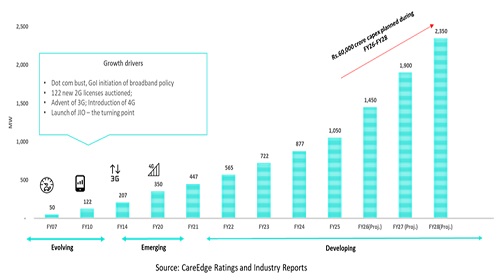
Green hydrogen, while a long-term opportunity, faces multiple challenges. India has set a target to achieve production of 5 MMTA by 2030. However, the sector faces funding risks due to high upfront capital requirements, regulatory uncertainties, evolving electrolyser technology, and operational issues related to storage and transportation. High production costs, targeted to reduce to around $2/kg, remain the biggest hurdle to large-scale adoption. Despite these challenges, international policy momentum and domestic incentives could help accelerate progress in this space over the next decade.
Rajashree Murkute, Senior Director, CareEdge Ratings said "India’s growth story is being reshaped by two powerful forces — infrastructure expansion and renewable energy adoption. While investments in roads, ports, airports, and logistics are set to act as a multiplier for GDP and urbanization, renewable energy, backed by policy support and declining storage costs, will drive the next phase of capacity addition. Together, these sectors will not only fuel economic growth but also ensure resilience and sustainability in the years ahead."
Above views are of the author and not of the website kindly read disclaimer
